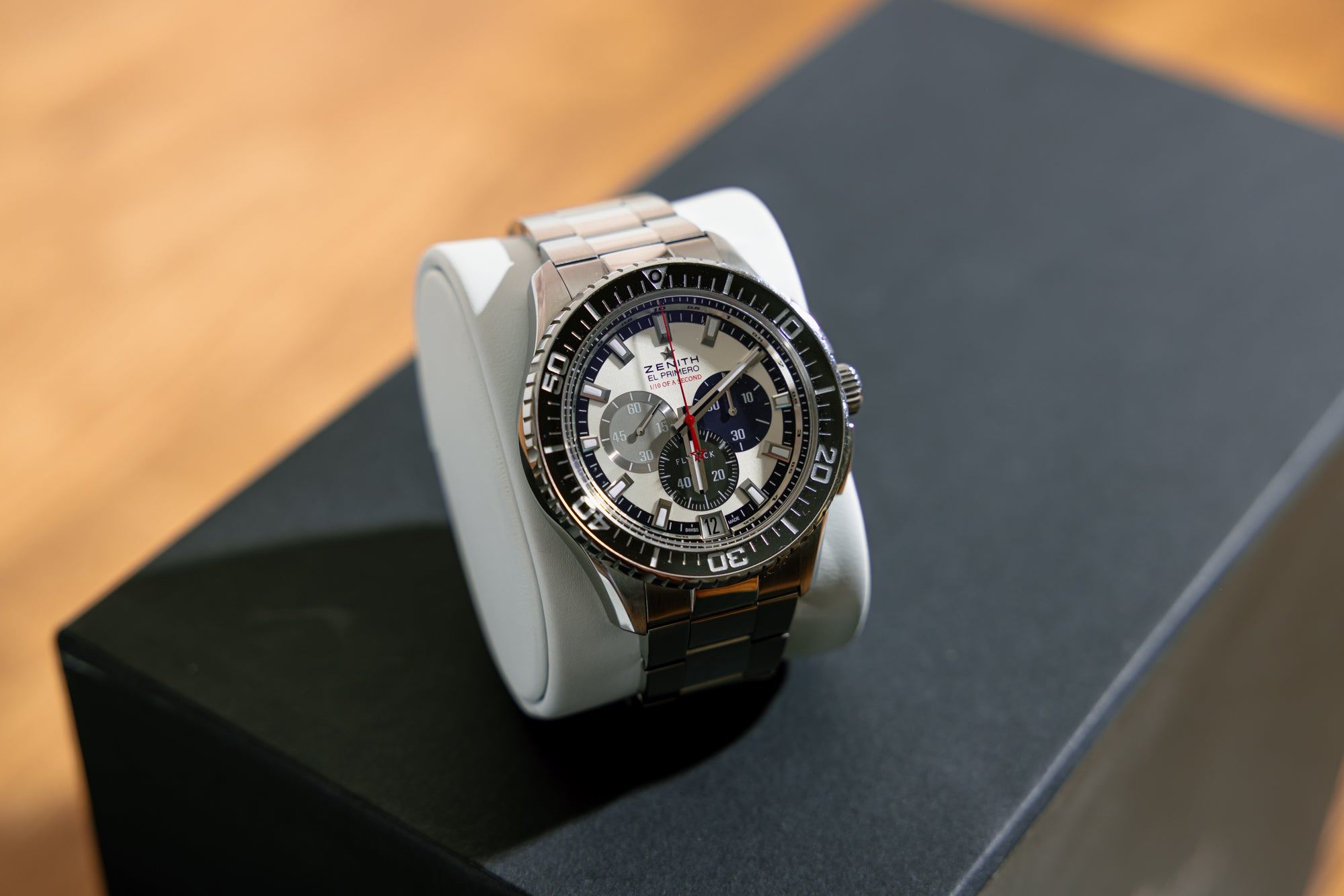Last year marked exactly 55 years since the crew of the Apollo 11 mission turned the Omega Speedmaster into the Moonwatch. If you’re relatively new to the watch-collecting world, learning about the Moonwatch and how it became such an icon is likely high on your priority list. After all, the Omega Speedmaster Moonwatch is one of the most stylish and functional watches to own.
The intriguing story of the Omega Moonwatch all started in September 1964, when the Apollo Flight Crew Operations director requested a reliable and durable chronograph to assist with training exercises and in flight. This request was escalated to NASA engineer James Ragan, who approached ten different watch brands, one of whom was Omega. Omega was just one of four brands that responded to the request. Immediately, Hamilton was disqualified after making a schoolboy error and sending a pocket watch rather than a wristwatch. This mistake likely went down in history as one of the brand's worst ever.
Omega sent the Speedmaster 105.003, which NASA then subjected to a series of tests, including a high-temperature and low-temperature test, a vacuum test, a humidity and corrosion test, a shock resistance test, an acceleration test and a vibration test. A maximum deviation was allowed for each watch. Unlike Rolex and Longines’ offerings, the Omega Speedmaster passed all the tests with flying colours, and the watch zoomed into space on March 23rd 1965. It was worn on the wrist of Ed White during the first-ever spacewalk performed by an American, becoming the qualified chronograph to be used in all manned space missions thereafter.
Following this iconic moment in watchmaking, the Speedmaster went on to equip the wrists of all the Apollo 11 team, including Neil Armstrong and Buzz Aldrin. As the story goes, Armstrong was thought to have left his watch in a capsule as a backup after landing on the moon with it, should the board clock ever malfunction.
The Iconic Timepiece
The Omega Speedmaster Moonwatch has several features that made it unique (and now highly collectable amongst watch enthusiasts). The accurate chronograph complication allowed astronauts to time precise events during their missions, while the tachymeter scale was beneficial for measuring speed based on distance. Having passed all its tests for longevity and resistance to pressures, temperature and acceleration, the Moonwatch was perfect for facing all manner of extreme conditions experienced in space and during travel. The use of its sapphire crystal also proved valuable in high-pressure environments and prevented the dial from becoming damaged or cracked during missions.
The Omega Moonwatch has remained largely unchanged since its initial release. The Calibre 1861, for example, has been in production since 1968, while the iconic Speedmaster has also been the watch of choice for famous figures throughout history, like President John F Kennedy, who was thought to have worn it on his inauguration day. In conclusion, the Moonwatch has a rich history and is still vastly in demand by like-minded historians and watch collectors today. New models offer consumers plenty of choices to go at, from white dial variants to modern white ceramic models and even two-tone versions crafted from steel and the brand’s proprietary Moonshine gold.
If you’d like to check the availability of a particular Omega Speedmaster watch or would like help in sourcing a specific reference, contact our sales team here at Charles Martin today on 01889 560 002 or email us at sales@charlesmartinwatchcompany.com


0 comments